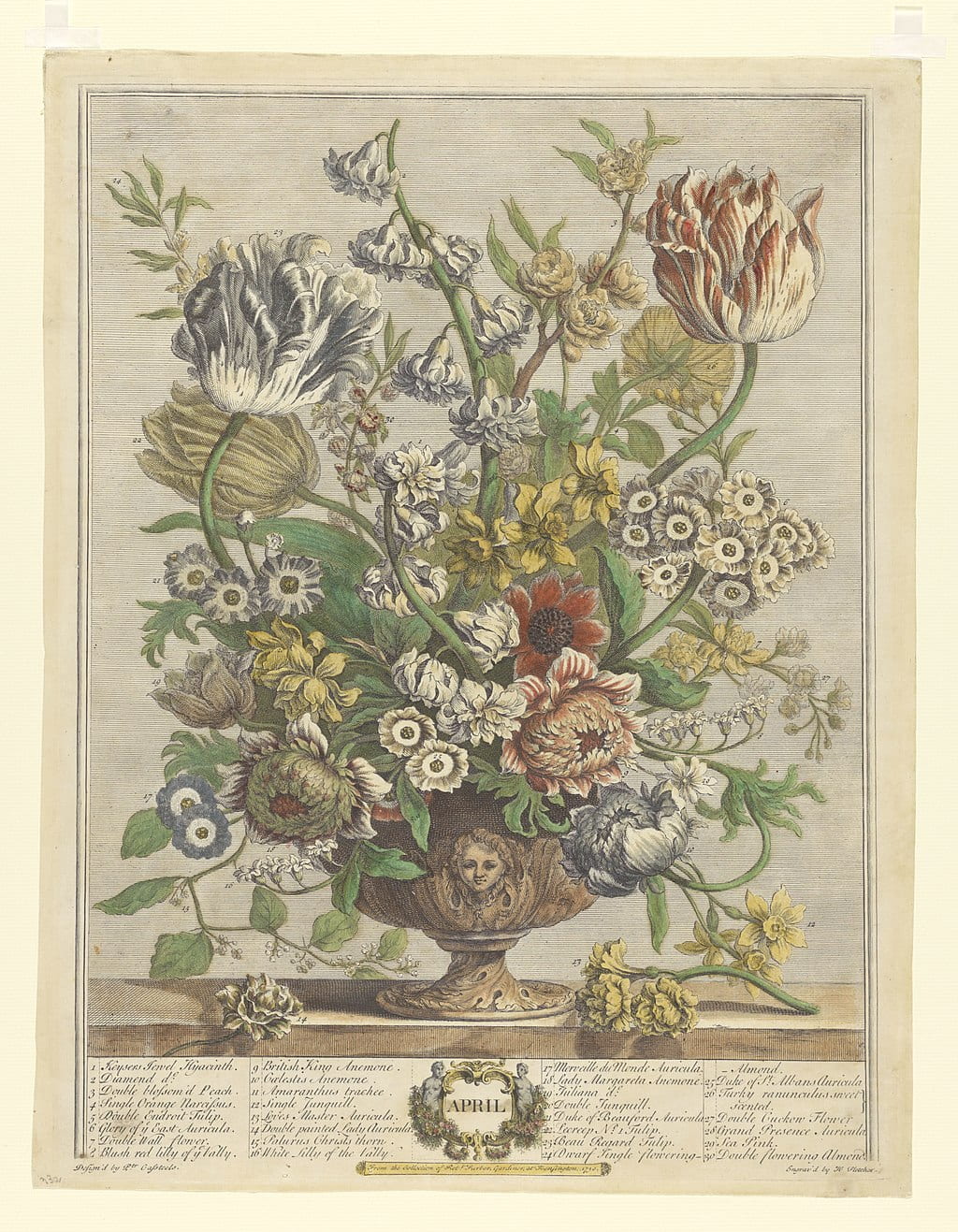Tom Furse
Over this month, I read Tony Wood’s Russia Without Putin. His narrative manages to navigate the reader away from Putin as the master strategist playing 4D chess with the world and from the bare-chested macho man in Siberia. It subtly adheres to the conventional Realist point that the West created some of Russia’s foreign policy aggression. That is, the West was taciturn when Russia sought warm relations, especially in the early 2000s. But he doesn’t wax on about how it’s all the fault of the West. Most of all it shows that the Russian state has entrenched habits, ideas, and behaviors so that it produces leaders who would act like Yeltsin or Putin. The state and a lot of civil society consolidate a distinctly Russian civilization in face of increasing immigration from Central Asia and in a multipolar world. This civilizational chauvinism in turn often breeds hatred of immigrants, and a militarism that encourages the state to see war in Chechnya, Georgia, Syria, and Ukraine as the answer to its (often internal) problems. Certainly, a vicious cycle and Wood doesn’t see a clear way out. He rightfully in my view declines the optimism about Alexei Navalny as a viable opposition leader. Navalny plays the Russian political game, and that means occasionally exhibiting xenophobia and even tolerating neo-Nazis. You get the impression from this book that if Navalny gets into power, which is completely unlikely anyway, he’d probably be like Aung San Suu Kyi, a disappointment to the West, and another Russian nationalist similar to Yeltsin and Putin.
Nuala Caomhanach
With madeleines stashed in my pocket (Proust alert), I visited the Giovanni Boldini: Les Plaisirs et les Jours exhibition at the Petit Palais. An immersive and evocative tour of the lavish vision of the Belle Époque that Boldini realized. The painting of Gertrude Elizabeth Blood sent me down velvet-lined rabbit holes about this compelling art-critic. In 1880, her wedding to Lord Colin Campbell was postponed twice due to Lord Colin’s health issues. He suffered from “the wilful communication of a loathsome disease” as Christabel Pankhurst named the venereal disease Campbell eventually passed onto Gertrude. Pankhurst warned that marriage truly was a dire threat to the wellbeing of women and epitomized the debates about social purity and feminism during this period. This was not just disdain towards the male sex but a commentary on the prevalence of veneral disease in men before their marriage and evidence of the double standard of tolerating male sexual escapades at the expense of the women forced into prostitution by their economic dependency. Campbell’s divorce case was tabloid fodder. In 1895, her husband’s death of venereal disease freed her to reshape her life. Writing under pseudonyms, such as, “Véra Tsaritsyn ” and “Q.E.D”, Campbell wrote with immense wittiness and confident sexuality of the class she so desired to be a member of. Her description of Oscar Wilde as “a great white caterpillar” left me laughing-out-loud as I wondered whether Lady Gertrude Chiltern in The Ideal Husband was based on Lady Campbell’s wishful social transformation.
Shuvatri Dasgupta
T.S Eliot’s modernist ballad ‘The Waste Land’, published a century ago, celebrated April as the cruelest month. This phrase acquires a proverbial resonance in our lives under capitalism (and the resultant eco-social and political crisis), leaving us unable to appreciate the beauty and joy of spring! How do we protect ourselves against this cruelty? By caring for each other, and for the world, is the answer decolonial feminist Françoise Vergès arms us with. In her work ‘A Feminist Theory of Violence’, recently translated into English by Melissa Thackway, Françoise Vergès argues against the futility and impasse of civilisational and carceral feminism. She points out a fundamental paradox of state capitalism by noting how legislation against violence, and rise in capitalist gendered and racialised brutality, go hand in hand. Using this as her point of departure she looks beyond the state (and its legislative mechanisms) and towards people’s solidarities with one another. She charts out a hopeful future, where solidarities will be forged between different emancipatory struggles (against race, capital, patriarchy, casteism), and mutual care and protection will create a better world. Therefore to look past the cruelty of April and to rediscover the spring of revolutionary hope, I cannot think of a better read than this.
Featured Image: The Twelve Months of Flowers- April 1730 print by Pieter Casteels III. Courtesy of Wikimedia Commons.



